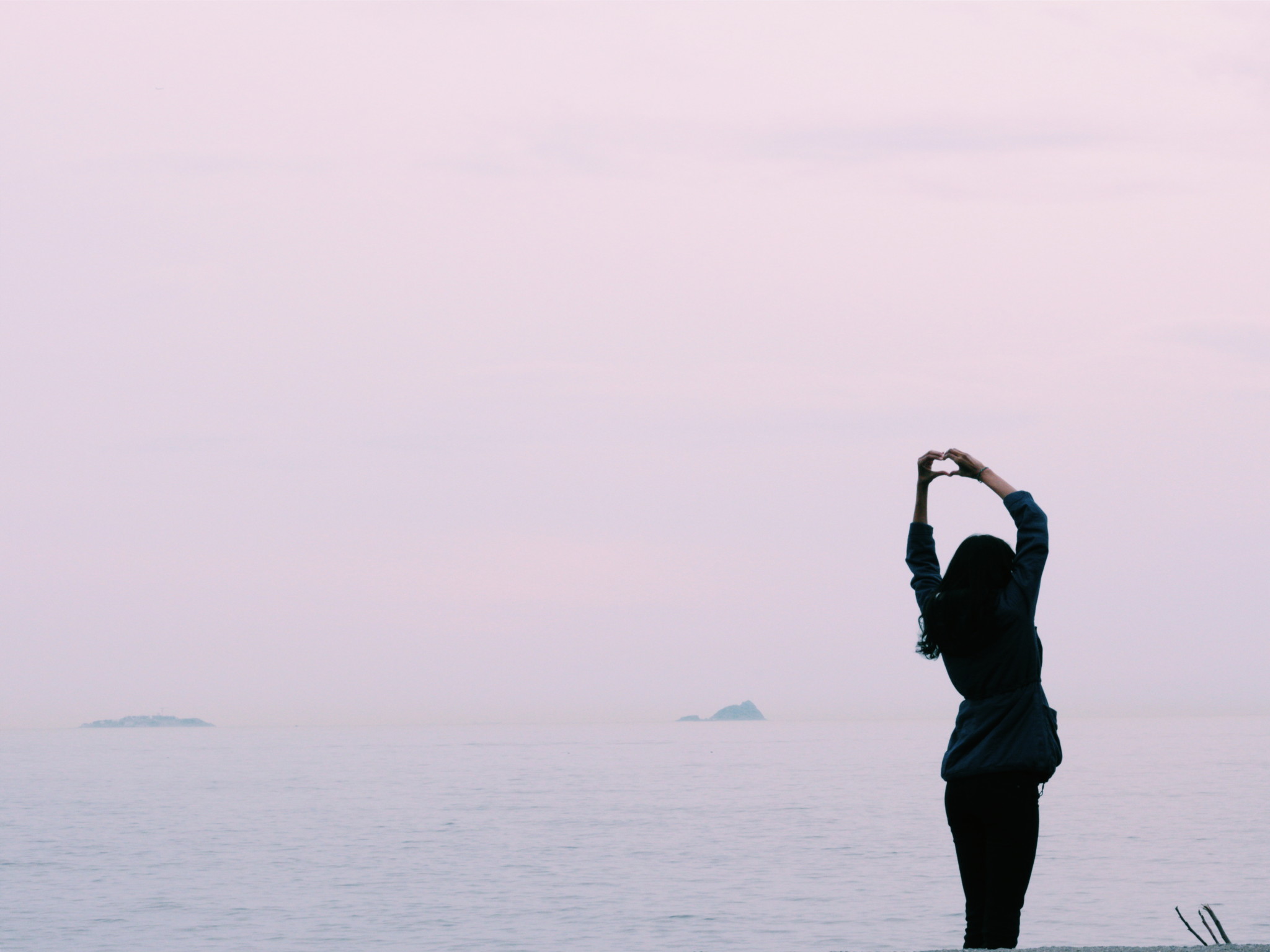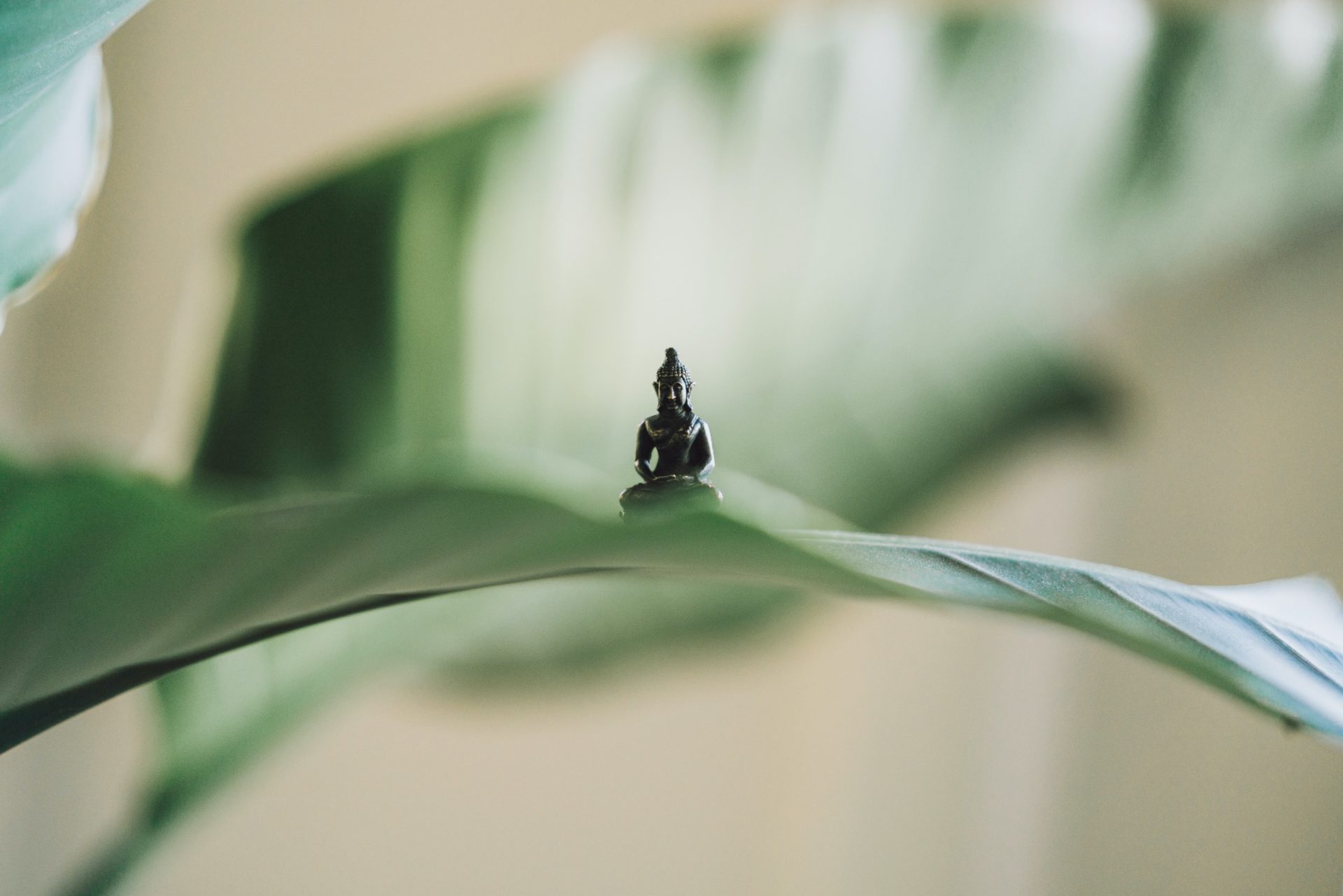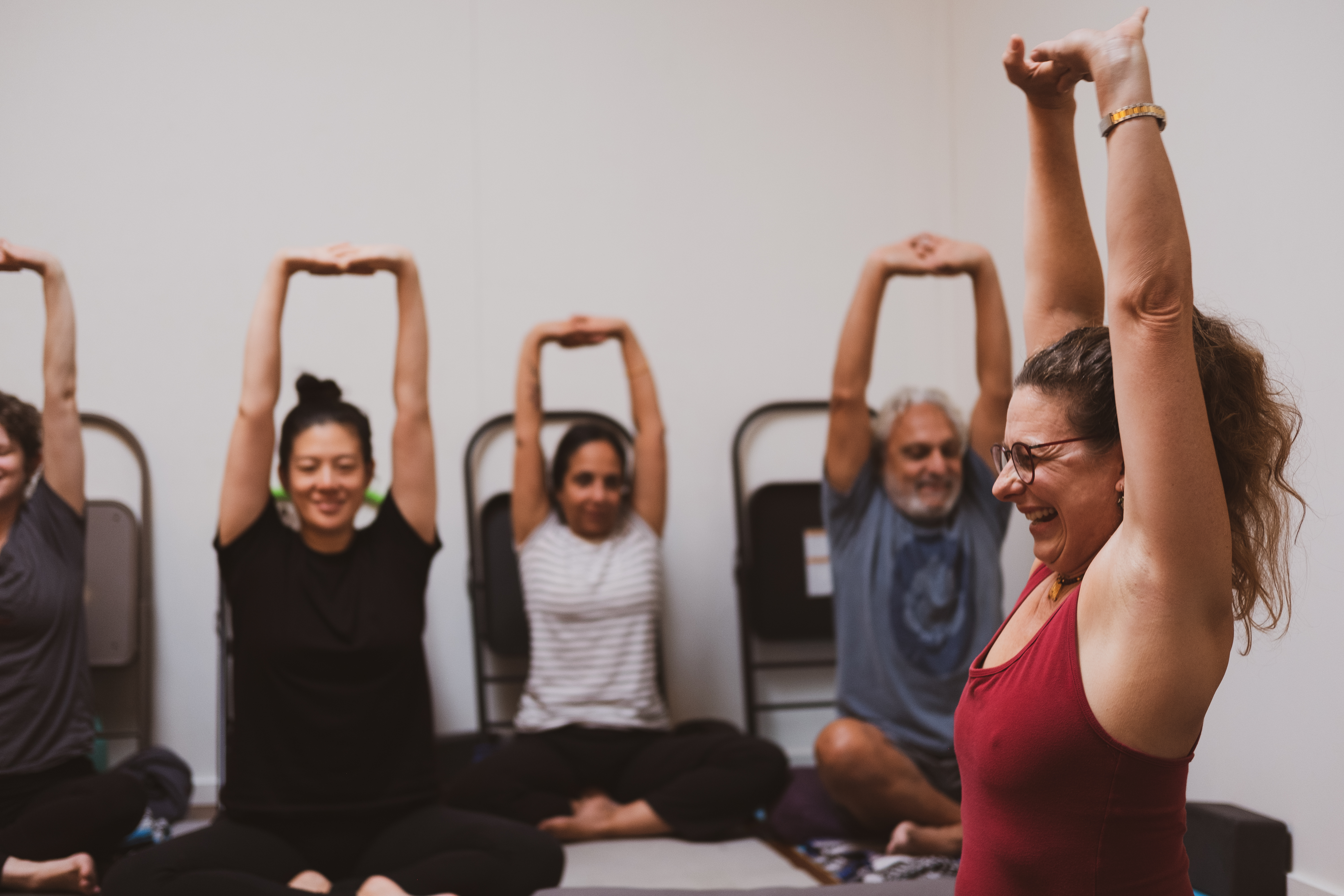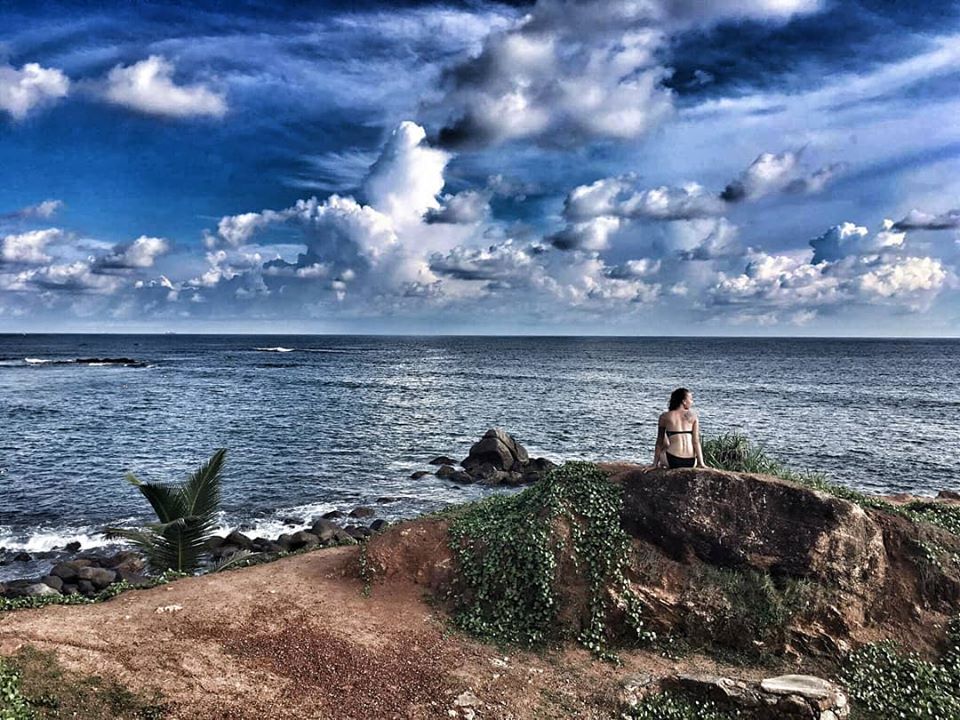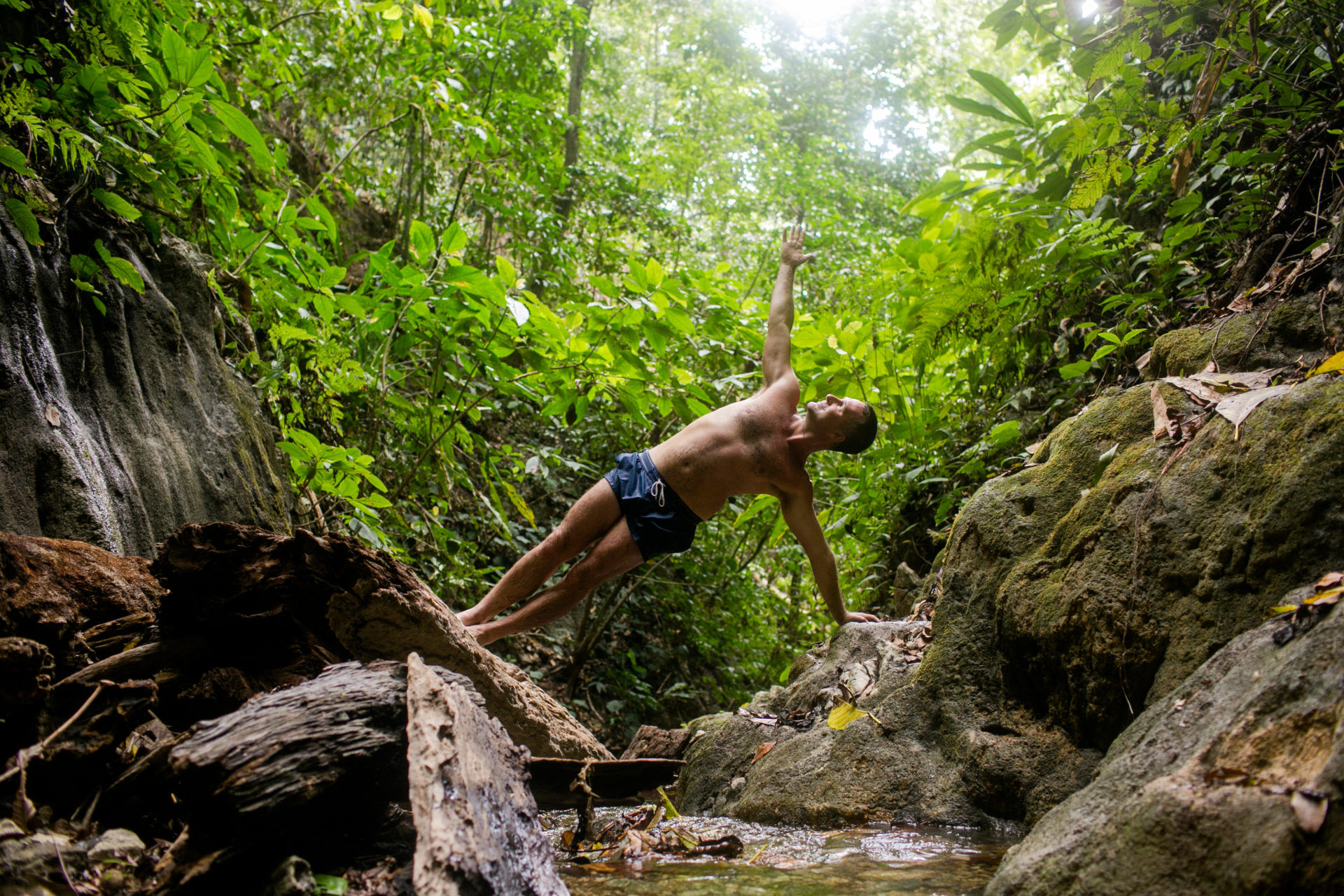It’s a cool, grey Saturday morning in Portland.
7:45am.
I’m on the road, cruising along about 45 mph, pleasantly caffeinated, smoothie in hand, headed to teach my 8:15am class.
Life is calm and quiet and good. (The caffeine helps).
Good, that is, until, out of nowhere, smack in the middle of the road, surrounded by other metal deathboxes zooming along at 45 mph, my car just dies.
Shuts off. Loses all power. Sayonara, baby.
The dashboard lights flash once, ominously, and then they die, too. All of them.
Holy shit. What’s going on?! What am I gonna do?!
I shift the weirdly-energyless car into neutral. There’s a parking lot just a few hundred feet ahead to my right, if I can just manage to get there. Deliberately, clenchedly, I steer that lifeless monstrosity of glass and leather and steel into the parking lot, shove it awkwardly into Park, sit for a breathless moment hoping nothing explodes, and turn the ignition off.
Exhaling, I think to myself:
This is why we do yoga.
*
I’m a vinyasa teacher these days, but long before I’d ever stepped foot in a Flow class, I spent six years practicing Bikram-style hot yoga daily. It was my balm and my sanctuary, a delicious, addictive torture that cracked me open and slowed me down.
The first time I took a hot yoga class was in September 2003.
Age 24. I’d just moved to San Francisco, and my sweet Japanese roommate of two weeks, Hitomi, told me I just had to try this yoga thing. I’d been running the City’s hills to tackle the anxiety of trying to find a job, so my shin splints were screaming and my hamstrings tightening by the day. There was a studio just down the street, so one evening I went with her.
I’d resisted yoga for years, even after folks I respected had recommended it, figuring it would just be a bunch of middle-aged ladies stretching to hippie flute music. Not my jam.
Tim was my teacher; Tim, who all these years later, is now a dear colleague and friend. Tim, who was sweet and light-hearted and called Locust Pose “Superfriends Pose.” He led us confidently through the 26 poses, and there, in that sweltering, airless 105F degree room, I felt refreshingly at home.
The studio quickly became a refuge. There, I was allowed to be quiet. I was required to be quiet. I could roll in with messy hair and no makeup and ratty old sweats and stand in the back corner and be invisible. I could disappear into the breath, the silence, the rhythm of the practice, sweating and twisting and stretching out everything in me that was frantic or frazzled or stagnant or uncertain, balancing precariously on that sweat-soaked berber carpet.
The practice pushed me to no end. It was so hard to stay alive! So hard to keep breathing! So hard to not freak out or swear at the teacher or throw my arms up in frustration and stomp out of the room! So hard to fall out of Standing Bow Pose and just get back in, 100 times, without reacting, without making a face, without feeling like the most pathetic yogi that ever was.
Get lost. Start over.
Get lost. Start over.
Get lost. Start over.
Get lost. Start over.
This is yoga. This is meditation. This is parenting. This is intimacy. This is art.
This is that moment in the middle of the freeway when you’re lucky to be alive, and  you’re not sure what to do, because your car just shut down, so you take a deep breath, and remember how back in the day you used to breathe through Half Moon even though it was exhausting and frustrating and impossible, and you take that same deep breath and steer the car over to the side of the road and call your husband to tell him to call AAA and he does and call the studio owner to pick you up and he does and you get to class with 10 minutes to spare while AAA tows your car and you step into that studio and feel calm and present and perfectly wonderfully fine (because it all is, of course).
you’re not sure what to do, because your car just shut down, so you take a deep breath, and remember how back in the day you used to breathe through Half Moon even though it was exhausting and frustrating and impossible, and you take that same deep breath and steer the car over to the side of the road and call your husband to tell him to call AAA and he does and call the studio owner to pick you up and he does and you get to class with 10 minutes to spare while AAA tows your car and you step into that studio and feel calm and present and perfectly wonderfully fine (because it all is, of course).
We don’t come to the mat because life is peachy. Most of us come because of an ache in our hearts or our bones or a mind that won’t quite stop racing. We come and we just practice staying; staying and not reacting, staying and realizing the chaos is not us, staying and realizing we are clear blue sky.
Everything else? Just the weather.
(Thanks to Pema Chodron for that one.)
*
There’s a reason we call it practice. For a long time I felt cheesy about using that word.
“So, how long have you been, erm, practicing?”
It felt so pretentious. Precious. Silly.
But the more I showed up on my mat, the more I realized how perfect that word really is. We aren’t performing (that’s for damn sure). We aren’t exercising. We aren’t doing.
We are practicing.
We are practicing for all of those moments when shit falls apart, and the flight gets cancelled, and the package gets lost, and the heart breaks, and the car stops, so that when those moments come (and they will), we already know how to take a step back, watch our reactions, slow down, and choose how to respond, realizing that as long as we stay right here in this very moment, without letting our minds run off to some story about what might be or what should’ve been, we’ll be fine.
Patanjali outlines this mental training in the second yoga sutra, wherein he defines yoga as “Citta Vritti Nirodha.” In other words, “Yoga is the cessation of the misidentification with the fluctuations of the mind.”
Come again?
Put simply: yoga is realizing you are not your thoughts.
*
Steve Ross’s book, Happy Yoga: 7 Reasons Why There’s Nothing To Worry About, was the first legit yoga philosophy text I ever found.
One afternoon shortly after taking that first class I wandered into the New Age section of a bookstore down by the Embarcadero. The yoga pickings were slim at the time, but Steve Ross’s book caught my eye. Its corny title grated me. But the content hooked my heart and my mind, all at once.
I sat on the floor and read the whole thing in one take.
In down-to-earth, relatable language, Ross laid out the basics of meditation, asana, and a yogic lifestyle. His simple, self-deprecating words changed my life.
Describing how to train your mind, Ross offers the example of what happens when you get a flat tire on a sketchy road at night. Your cell phone is dead and you can’t call or text anyone. (I’m adding this detail because the 2003 version didn’t assume that everyone had smart phones). In that moment, you can do one of two things: 1) Freak out immediately and hyperventilate and assume an axe-murderer is lurking just outside your passenger door waiting for you to walk out, or 2) Take a deep breath, keep your mind yoked to every step you’re taking, walk to the gas station a half-mile down the road, and call a friend. Then, sit down and wait and read the newspaper until he comes to pick you up.
No big deal. Problem solved.
The key moment here is when you make the choice to keep your mind from running off the rails like a runaway train. That crucial breath when you avoid getting sucked into the worst-case scenario and just bring your attention right back to what is.
*
Last weekend I led a yoga and hiking retreat in Point Reyes, California. This quiet little hamlet about an hour north of San Francisco is rich with local blue cheese and Tomales Bay oysters and the kind of thick coastal fog that rolls in about 5:30pm. The hikes that meander throughout Point Reyes National Seashore are rustic and lush, with killer blue-skied views of the Bay and the Pacific Ocean beyond.

I’ve led a few of these retreats in the last year or so, and it’s always a joy. There’s this particularly magical hike that winds up Inverness Ridge to the top of Mount Vision and back down again. Locals know it, but otherwise it’s pretty much off the tourist radar. My husband and I used to hike a portion of it daily when we lived in Inverness and I was pregnant with our son.
But the last time we did it, I got our group of 30 people lost several times and we had to backtrack to the trailhead instead of finishing out the full loop.
I was so embarrassed. Felt like an idiot.
This time, I was determined to redeem myself. Two days before the retreat, I hauled my ass to the trail for a test hike. With a fire in my belly, I started from the end and hiked backwards, determined to find the missing connection.
Got to the top, and BOOM.
Turns out, last time we were actually totally on the right path. Had we only walked ¼ mile further — and had I trusted my intuition — we would’ve stumbled right onto the rest of the loop and hiked back down to complete the circle.
Lesson learned: You are on the right path, even if it doesn’t feel that way. Trust your gut. Your body knows more than your mind will often give it credit for.
Get lost. Start over.
Get lost. Start over.
Get lost. Start over.
Get lost. Start over.
*
I don’t practice much hot yoga anymore these days, but I’ll always be grateful for the way it changed my life: how it taught me to stay with discomfort, to keep breathing, and to trust that the difficult moments would pass. Sweating there in Trikonasana, my mind couldn’t get lost in aimless worries about my career or my love life or my bank account. I had to be right there, struggling, exhaling, trying not to fall over.
This is yoga. This is why we practice. So that when we’re in the most awkward, sweaty, challenging moments of our lives, we can be there, and be ok. Not freak out. Not run out of the room. Not get lost in unhelpful stories.
We yoke the mind to the breath the same way you’d yoke a wild horse to a wagon. Keeping it steady. Keeping it focused. Keeping it centered on that drishti. And before we know it, the difficult moment has passed.
And there we are.
Clear blue sky.
Rachel Meyer is a Portland, Oregon-based writer and yoga teacher. Her work has appeared in Yoga Journal, The Washington Post, On Being, The Huffington Post, Yoga International, and more. You can find her at www.rachelmeyeryoga.com.



